yellow moon becomes amber mum becomes question of bridges that go nowhere becomes smell of paper, hot out of the printer becomes something golden that was alive just yesterday but today smells newly, richly dead.
First published in Door is a Jar
yellow moon becomes amber mum becomes question of bridges that go nowhere becomes smell of paper, hot out of the printer becomes something golden that was alive just yesterday but today smells newly, richly dead.
First published in Door is a Jar
a winter state of being
lwh
where all traction is lost but
the wonder is unending
In September of 2019 I joined my sister Beth for Wool Week in the Shetland Islands. These are the places that we went and the things we saw. (Click through the galleries for more information in the picture descriptions.)
Lerwick is the capitol city of Shetland. We stayed in an apartment just up the hill from the harbor. A short walk down hill (through “our alley”) led to Commercial Street, the pedestrian shopping district and a block later the Esplanade — the harbor frontage road. . The conference was centered at the Shetland Museum and Archives. The HUB in the large multipurpose room being the center of all things Wool Week. Furnished with an endearingly eclectic variety of chairs and couches arranged in vague circles, it’s the place to sit and knit and meet up with folks from all over. There was a map of the world in which we were each invited to put spin with home town on it. There was a bigger map of the UK to accommodate all the “locals” at the conference.






From the City center you can take a lovely walk along the sea walls to Clickimin Broch. A broch is a type of Iron Age building found only in Scotland featuring a round, double wall and a large inner courtyard area. Clickimin is notable because of its easily accessible location and it’s location in the middle of a small Loch. (Really it’s easy to get to from downtown: walk down to the Tesco and cross the Lerwick-Sumberg road at the petrol station.)
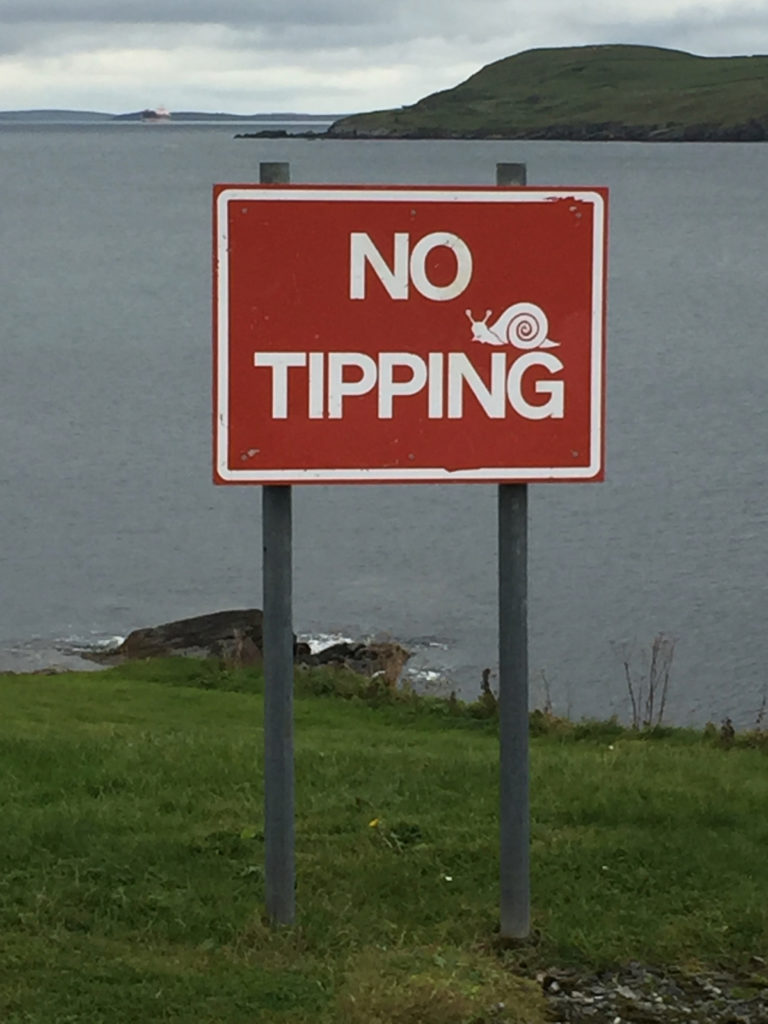



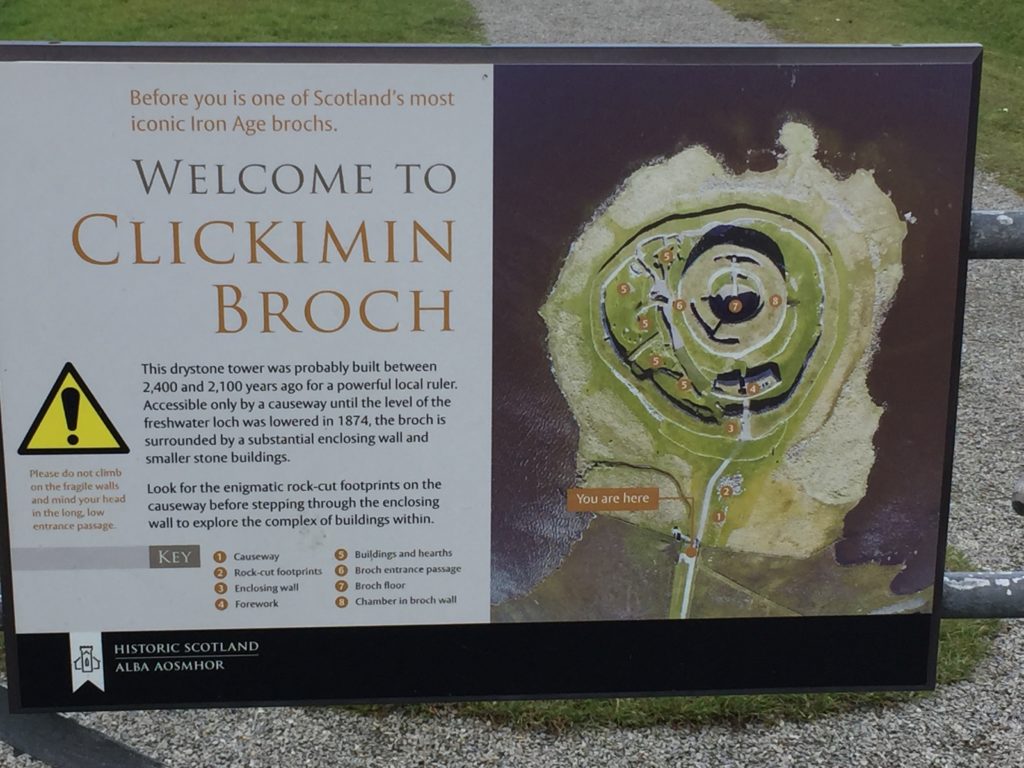



Sunday night was the Welcome Ceremony at the Clickimin Leisure Center. The highlights included taking a photograph of some 500 people modeling their Roadside Beanies. Yes, there is an official hat for Wool Week. Actually, it’s a knitting pattern you have to make it yourself. Here’s mine:
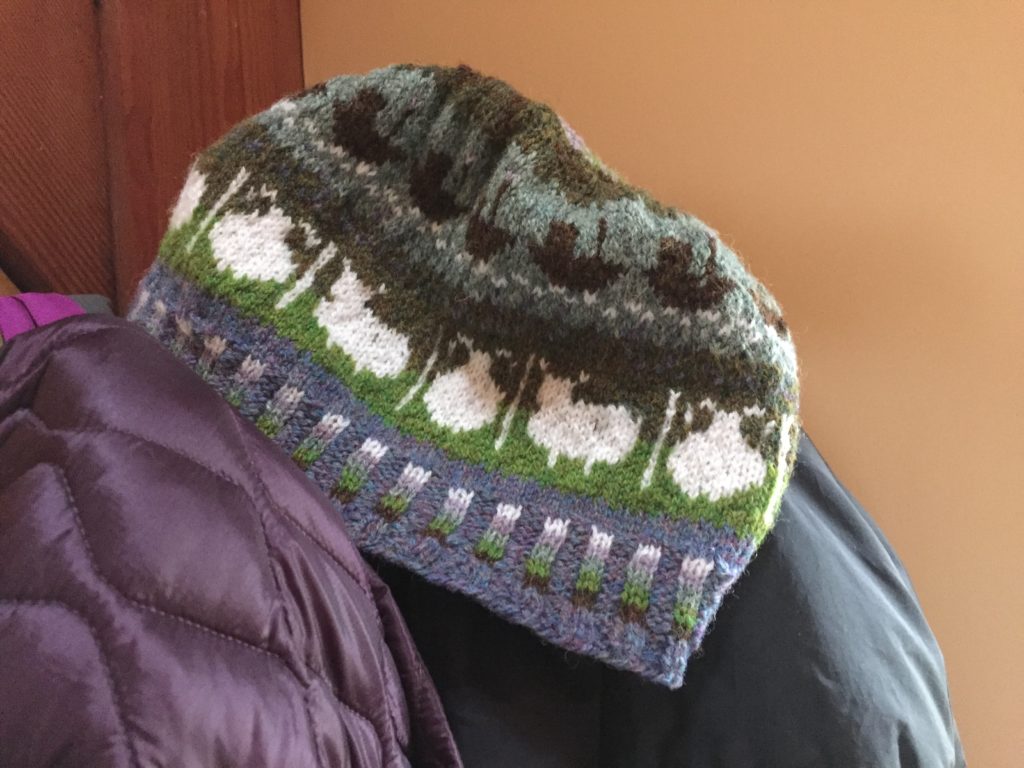
Can you imagine that many people all wearing the same hat? Well, sort of the same hat — alternate color ways abounded as did the occasional variation in form. (Stocking cap any one?) The occasion was also graced with a video greeting from HRH the Prince of Wales. Seriously. Quite the treat for the colonists.
Monday morning we went to Scalloway on our way to an afternoon class at Uradale Farm. We visited Scalloway Castle and the museum there. We had lunch at a little cafe in town. Very good quiche.







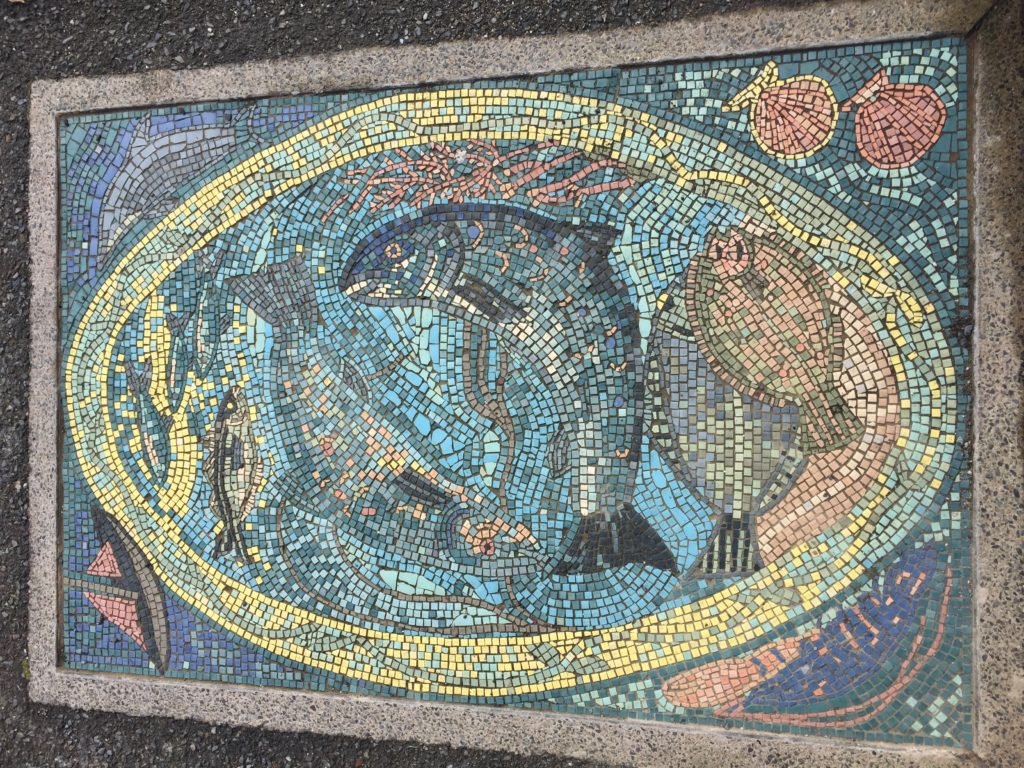

That afternoon we had a class in Bohus Stickning at Uradale Farm. Kits were handed out and while we learned about history of Bohus knitting, we started our own Bohus style samples. Here’s a look at mine started, but not finished. Also a couple of images from Uradale Farm were the class was held.
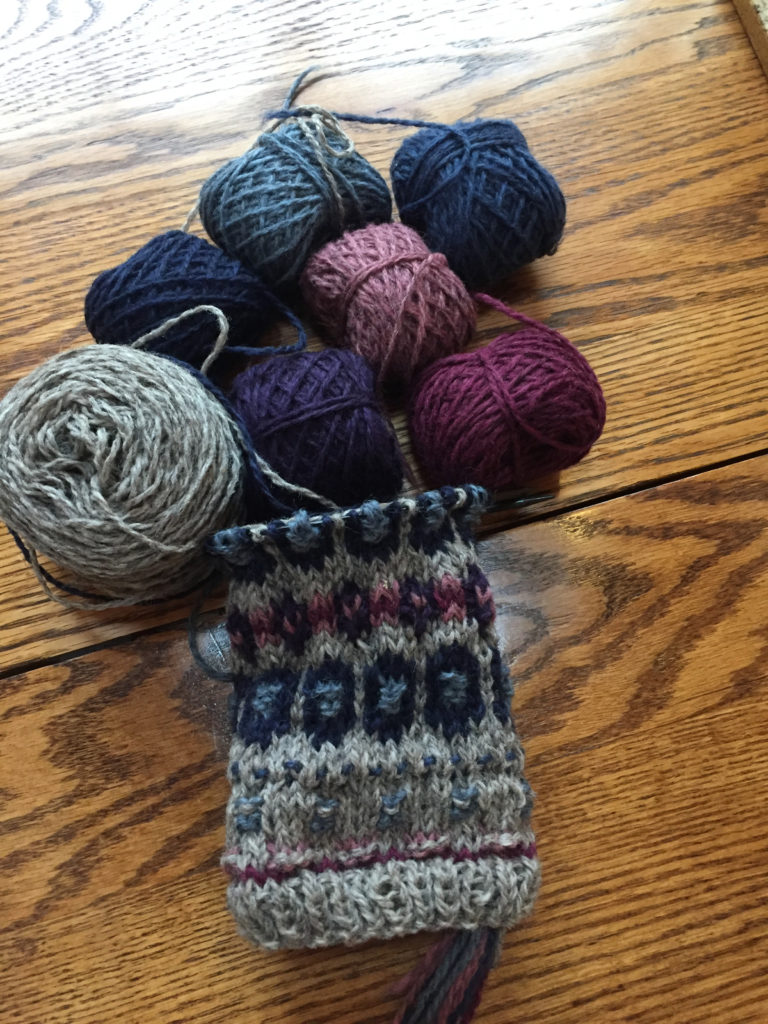
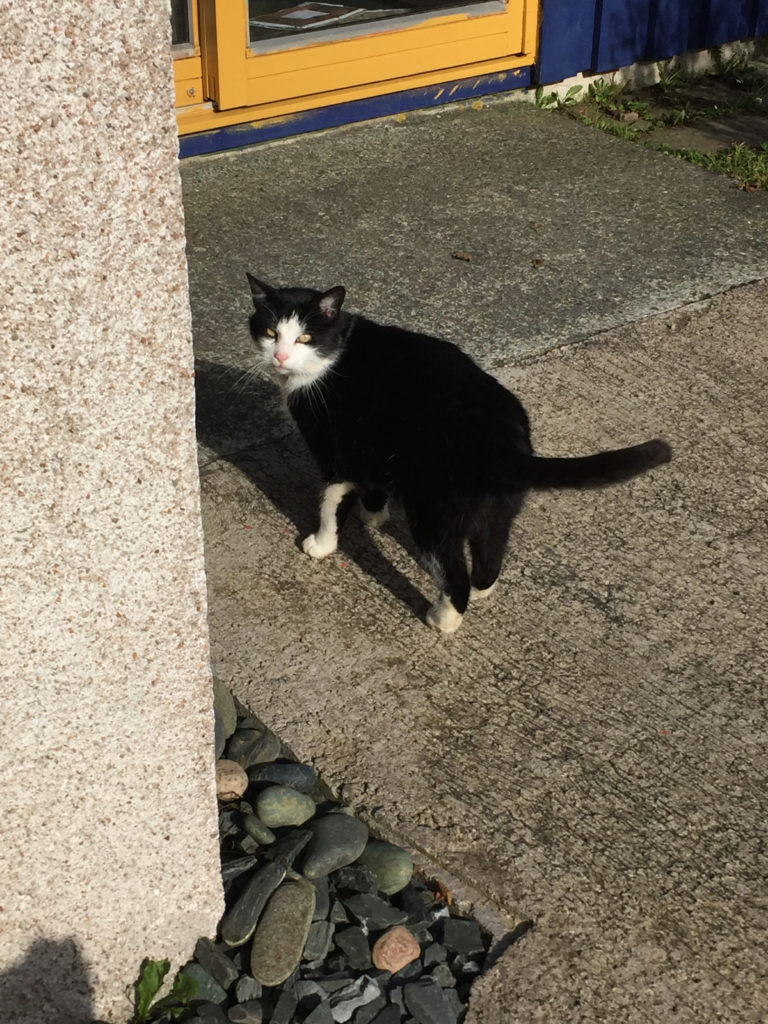
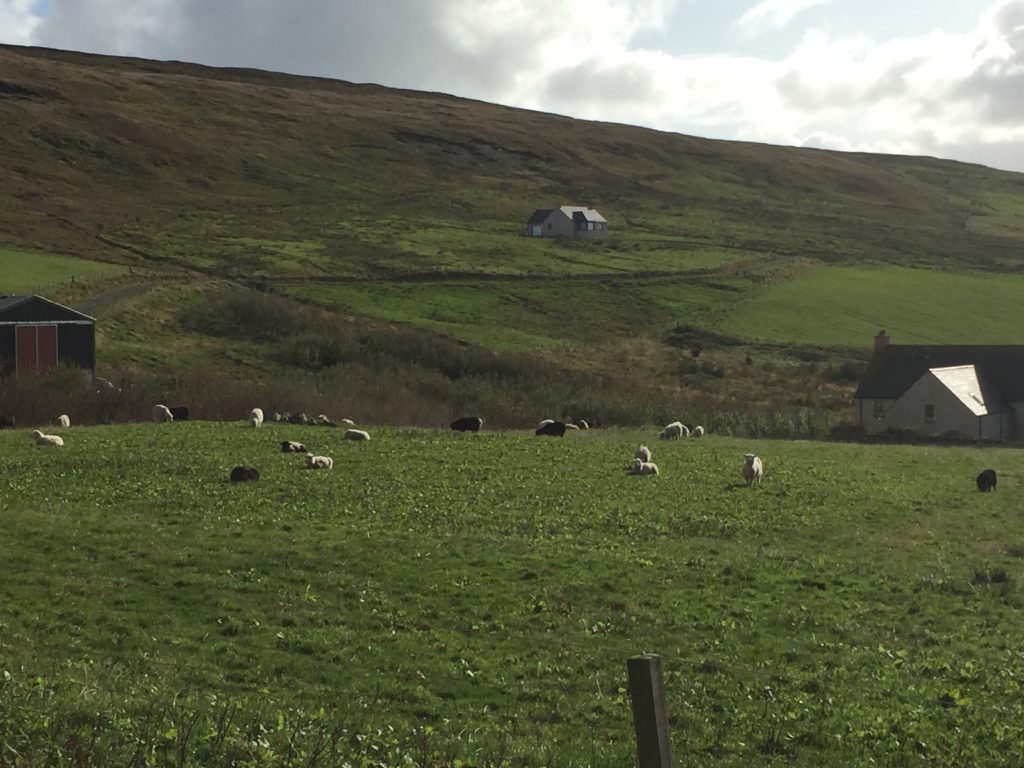
On Tuesday we took our rental car and went all the way west arriving in Sandness to visit with the ponies of Frances Taylor famous for their modeling of Fair Isle sweaters. Beth met her soul mate. We ended our visit when the sunny, windy day turned down-right treacherous with sideways sleet coming from the North.
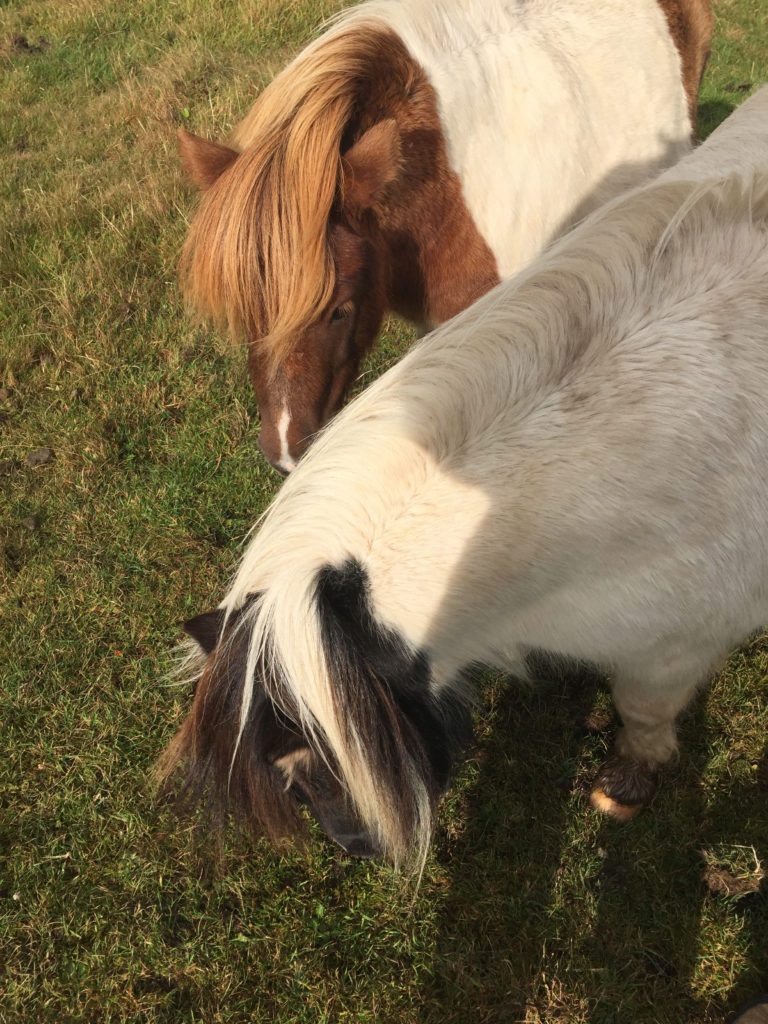

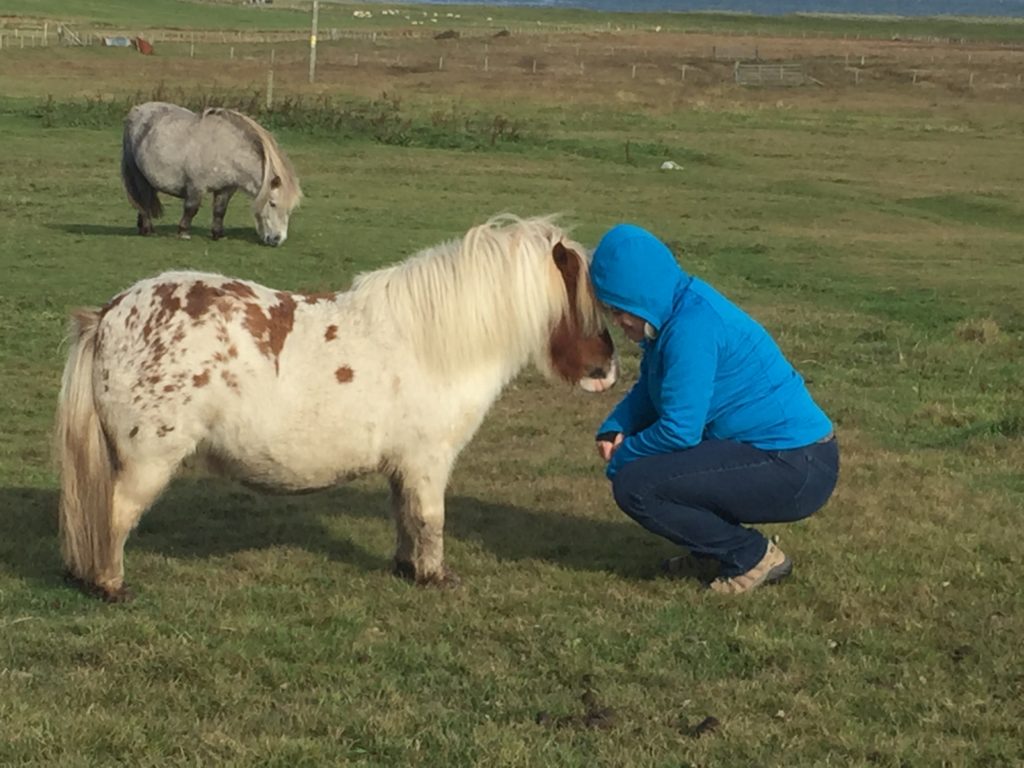
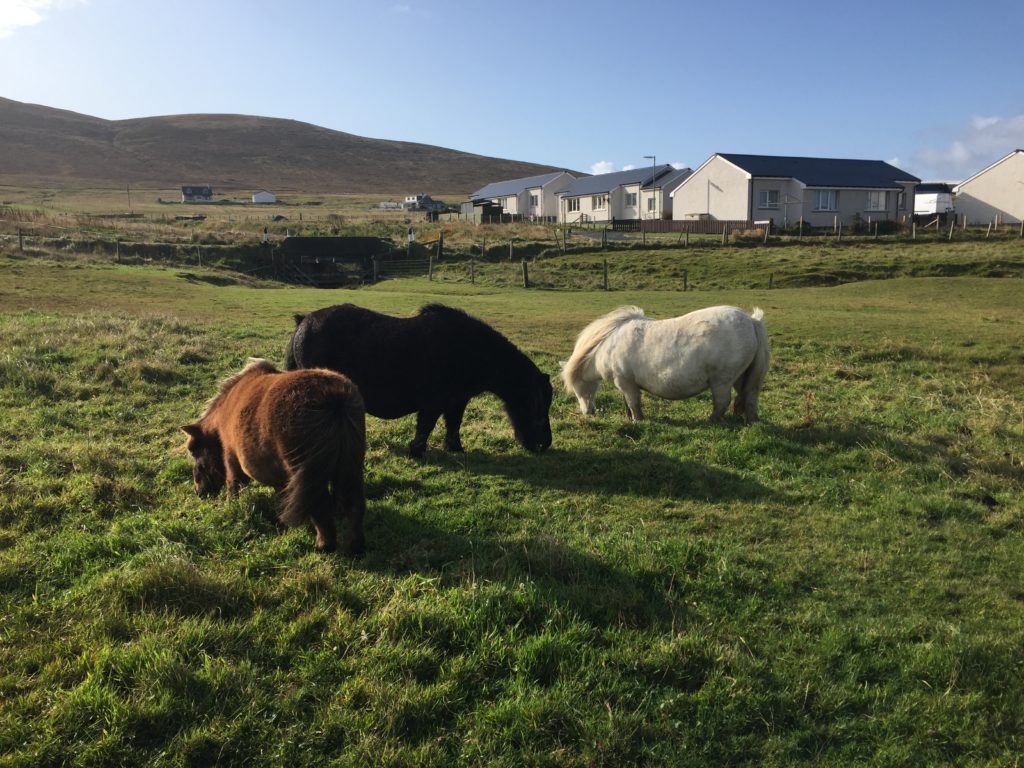
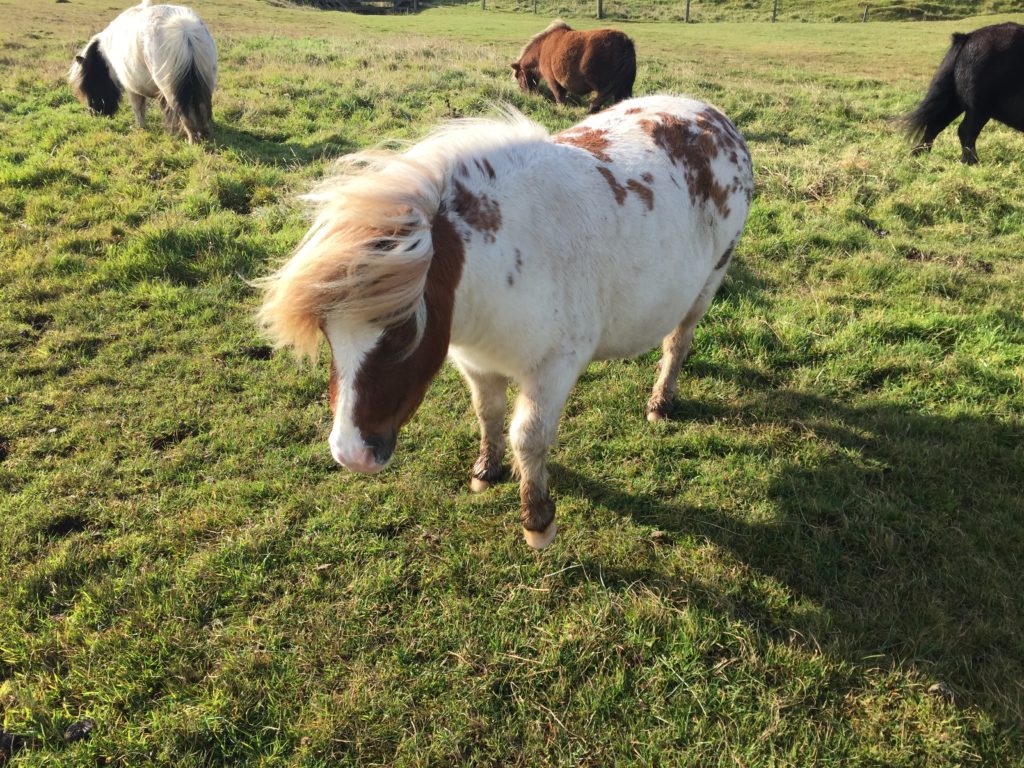
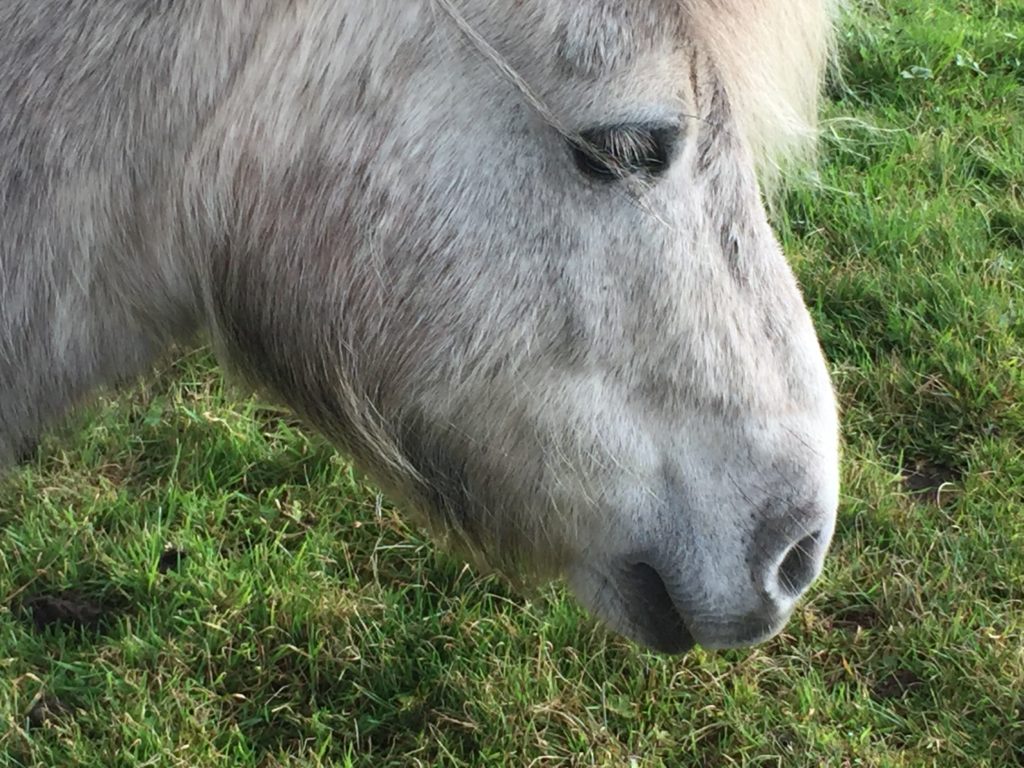
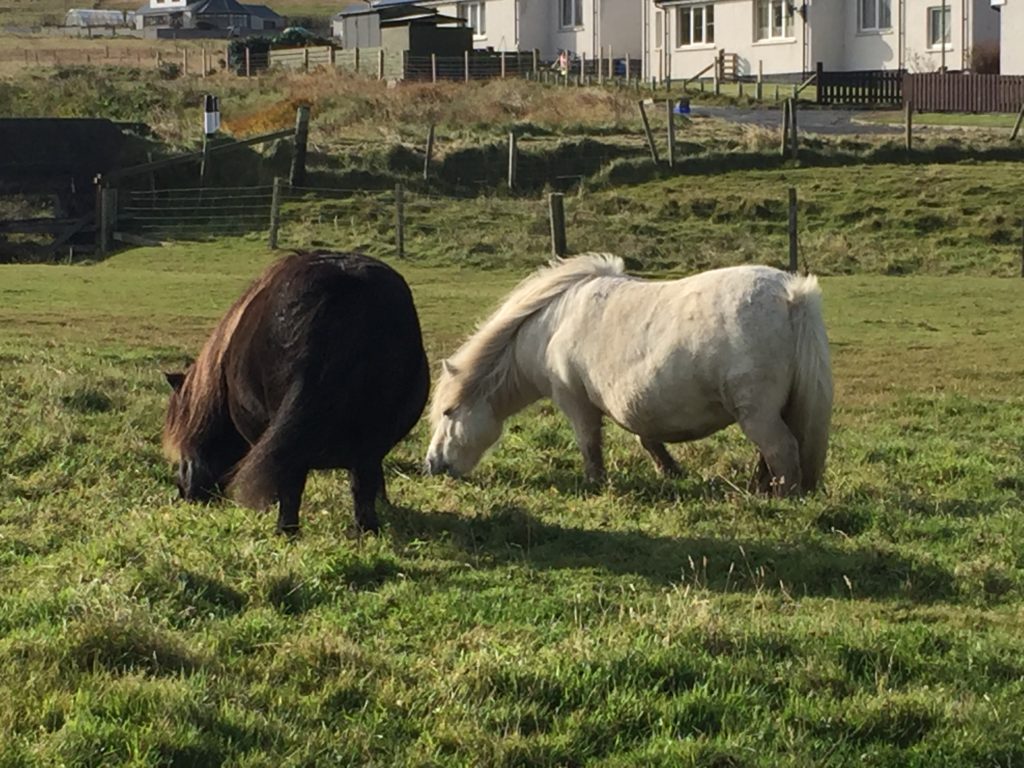
We stopped in Walls for lunch. The town minister kindly assisted us in finding the Regatta Club where they were holding a cafe and craft show. Warm soup and bannock for lunch and huge pot of very hot tea. We watched the seals play in the voe while we ate and picked ups few presents at the craft show.
As we went further south the weather cleared a bit. Our next stop was St Ninian’s Island to look for the ruins of a church. You can’t see anything that even vaguely resembles a church from the Mainland side — not even with binoculars. But Beth insisted that there was a ruin out there so we crossed the tombolo to search for it. A tombolo is a path of sand that connects two bits of land and lies between two arms of the sea. The tombolo at St. Nianian’s is a semi-permanent feature. Being impassible only in the winter when the rough and high seas wash the sand away. It returns in the spring.




We did eventually find the ruins. Thought to call it a church is being generous. It’s a tiny 12th century chapel whose outlines and a few tumbledown walls are indicated by a hollow in the hillside. The site is important mostly because of a trove of silver objects found by the schoolboy Douglas Coutts in 1958. (No we didn’t see them; they are in Edinburg. Though there are some copies of some of the pieces in the museum in Lerwick.)
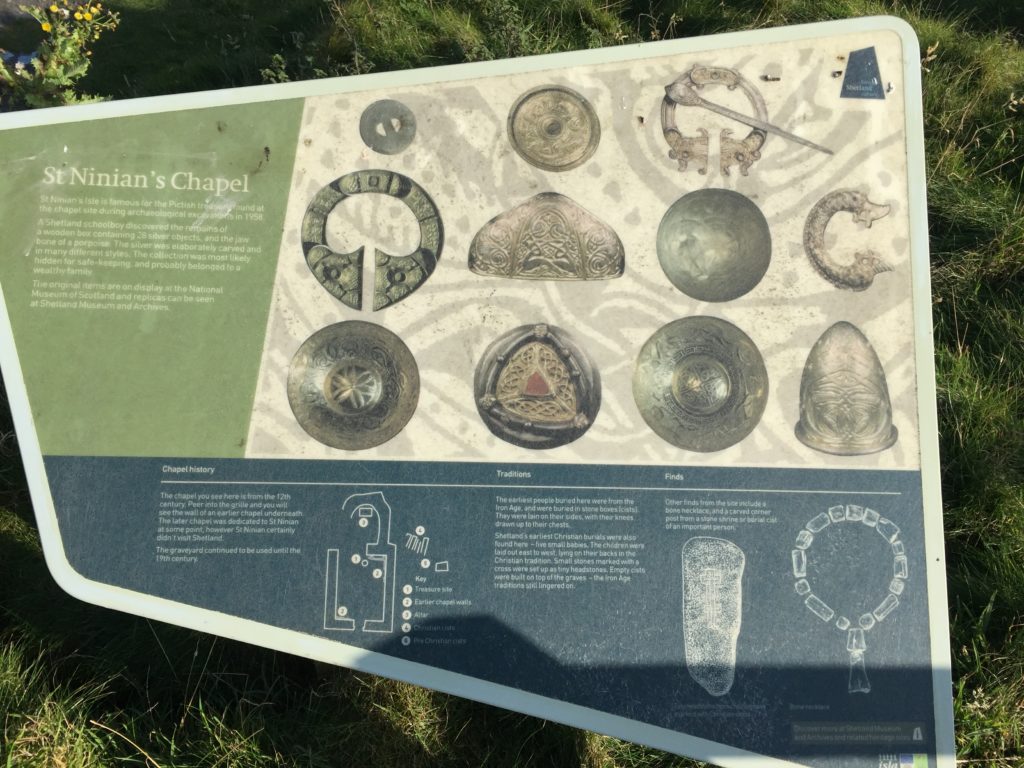

Wednesday we started the day with a class in making traditional Shetland haps (shawls) And here, for reference, is a picture of the peerie hap that is supposed to result when I get my little lace project sewn up. Not nearly as impressive as this huge hap, on it’s stretching board. And yarn bombers were about, here’s a little message that they added to the Shetland Sign on the Esplanade.
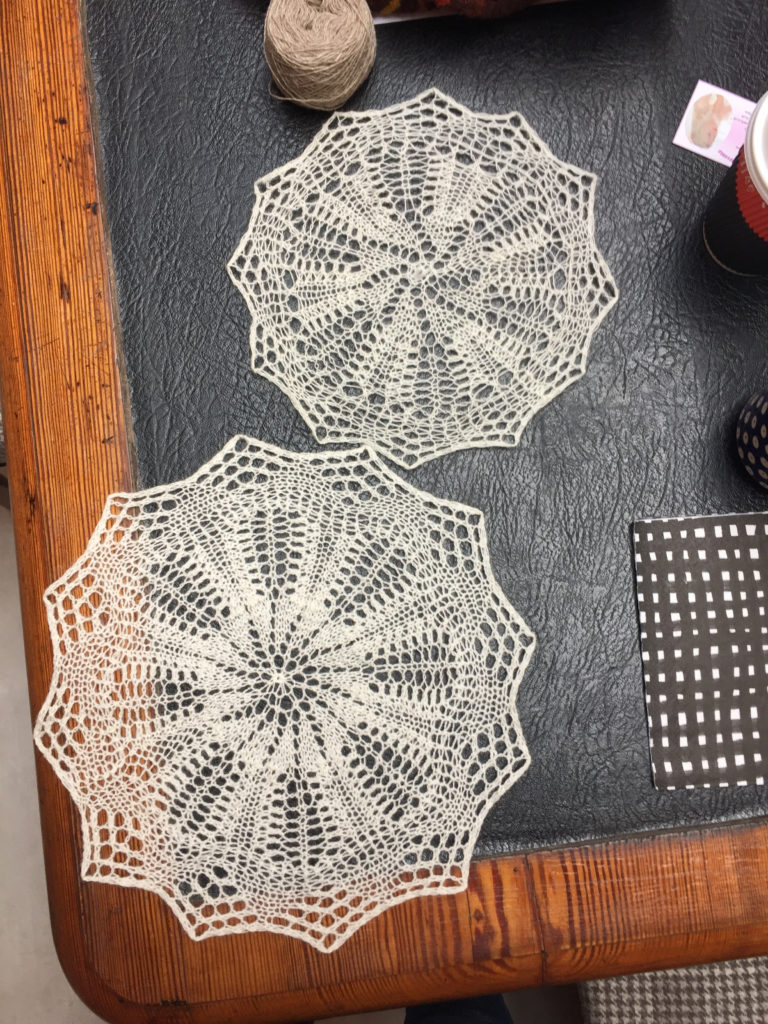
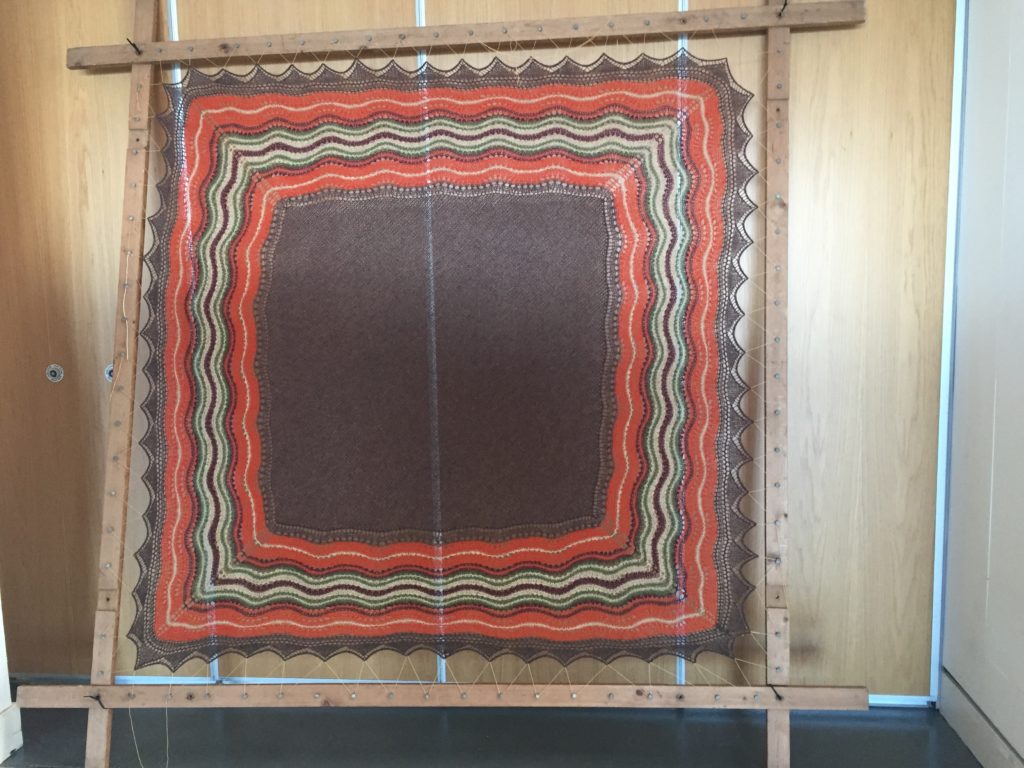

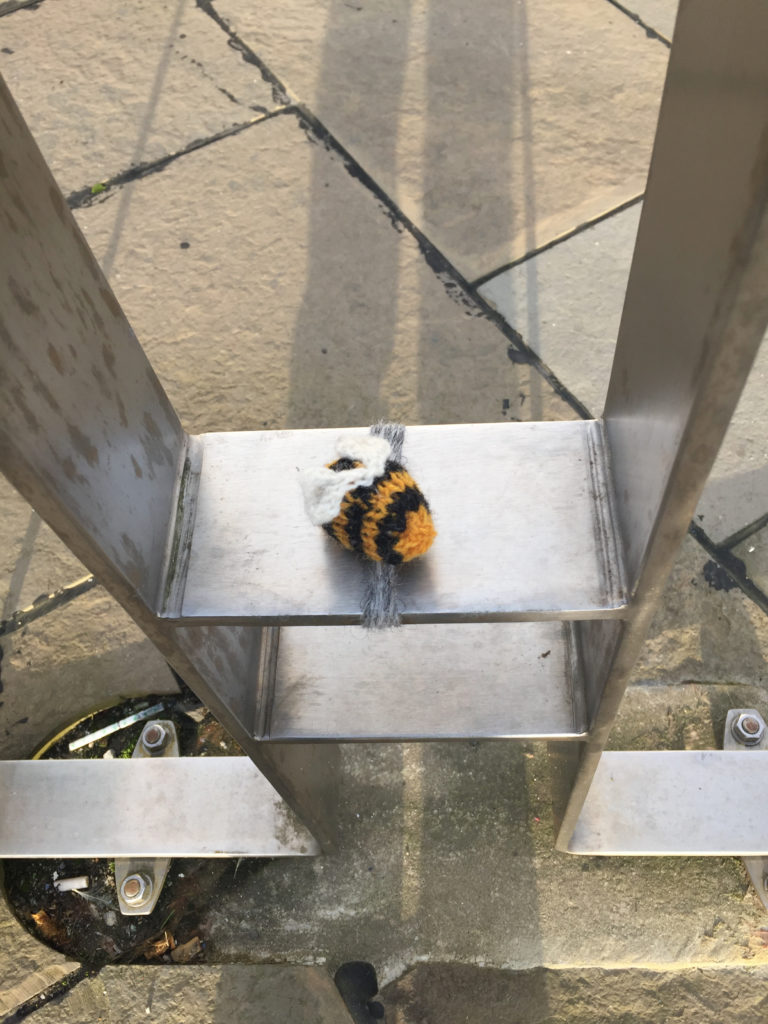
Later in the day we went back to Sandness in the west (by full-sized tour bus on one-lane roads) to visit the Jamieson’s mill where they spin and dye Shetland wool into yarn. They also do a bit of weaving. I made this little video of tweed weaving on a jacquard loom.
Thursday we made the 10 minute crossing to the island of Bressay on a little ferry that carries maybe 15 cars. The park and ride on the Bressay side was full. Lots of people who live on Bressay work in Lerwick. On Bressay we toured Garth’s Croft the home of Chris Dyer and his flock of Shetland Sheep. He’s also got pigs, chickens, and hoop house for growing fruit trees and tender vegetables that can’t stand the Shetland climate. He’s also a master builder of dry stone walls.
Then we had a light lunch at the community center in the old grade school and visited the studio of RAM knitwear. I bought a lovely cowl assisted by the mother of the designer.



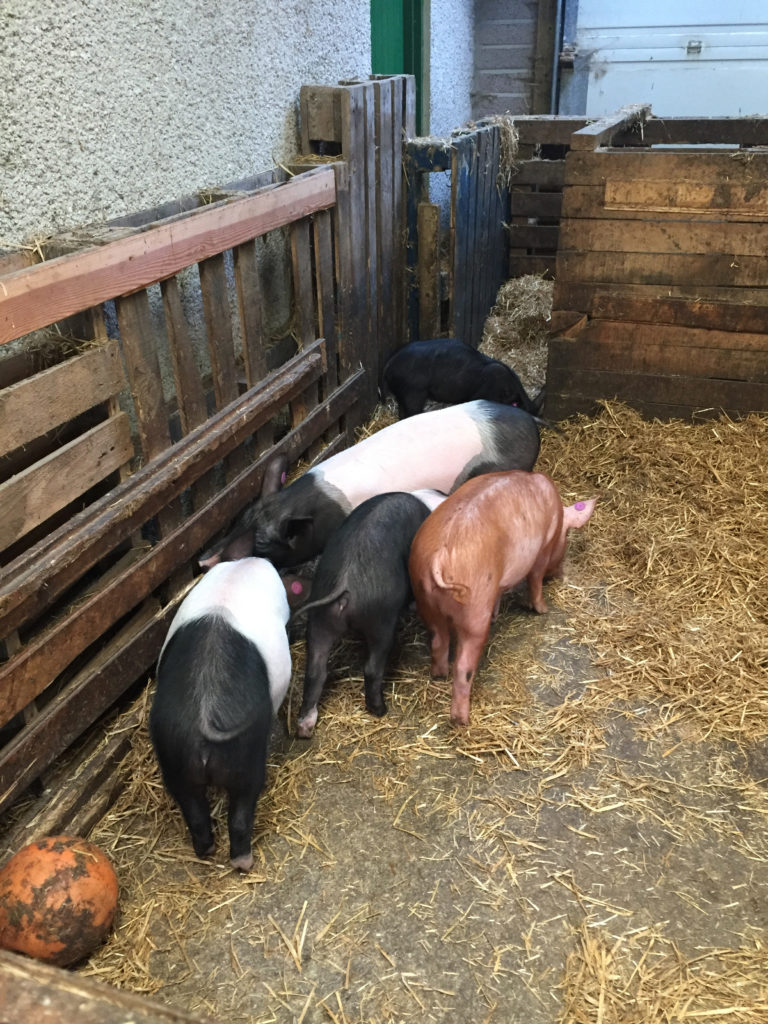
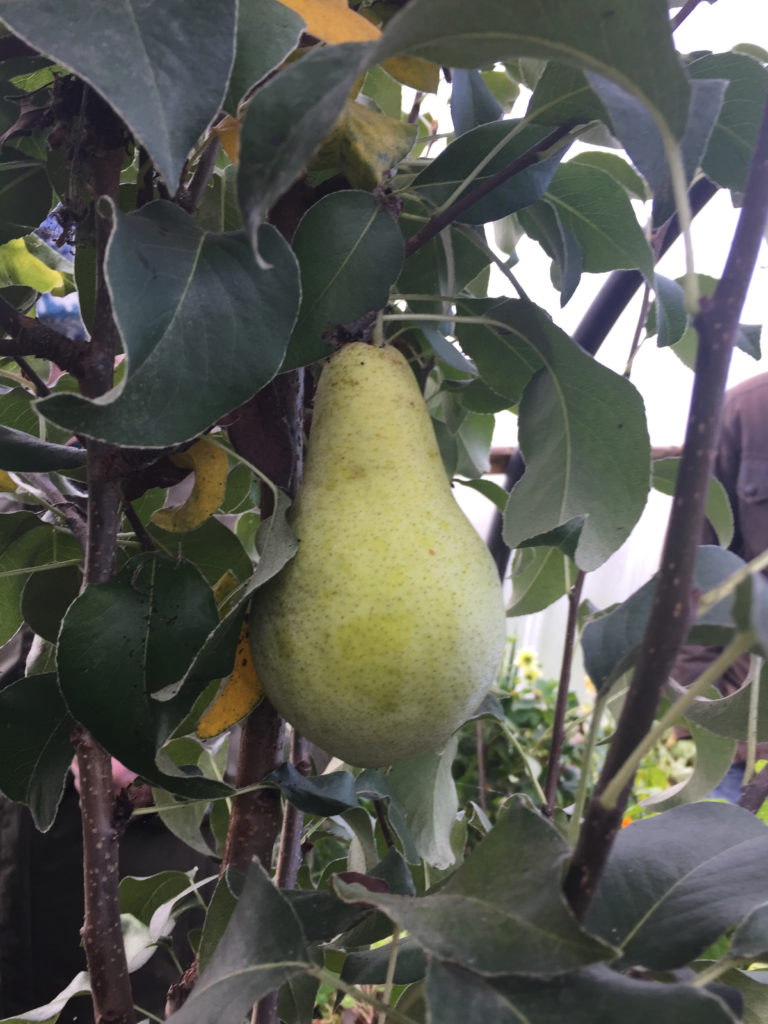
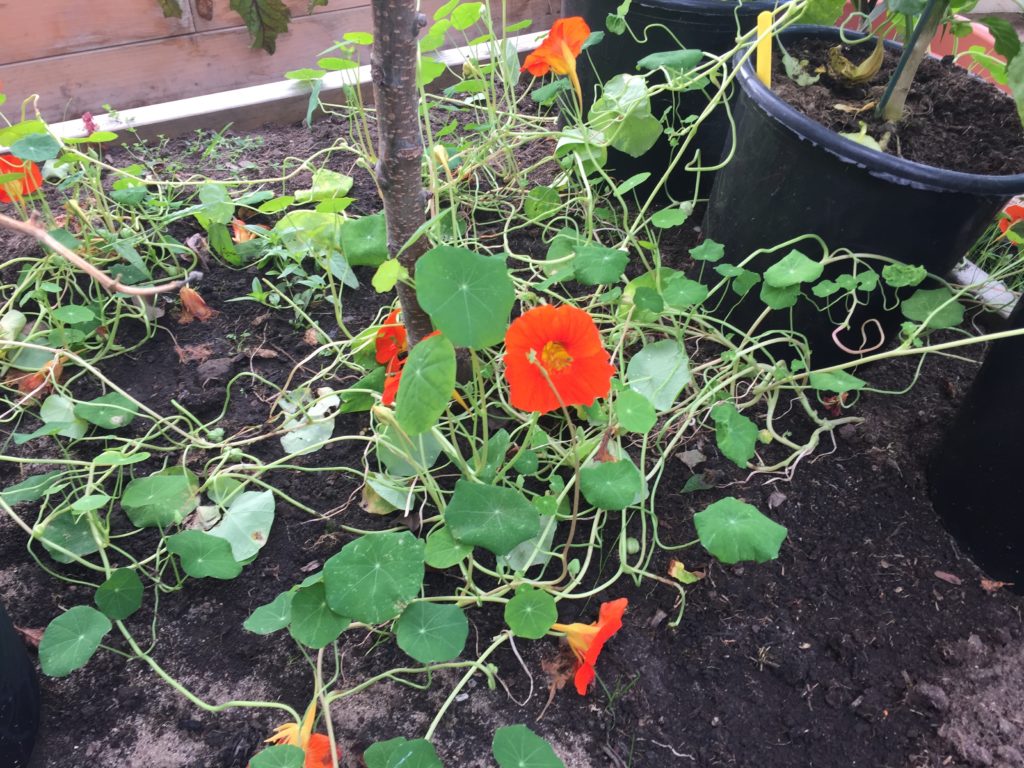

’
In the afternoon we went to the Lerwick Brewery — perhaps the most northern brewery in the UK. And finally the MRI Maakers supper at the Town Hall where we looked at some nice stained glass windows and met Vikings. We also had some mutton, potato, and lentil soup. (I think that I will make it a “tried it once” thing.)



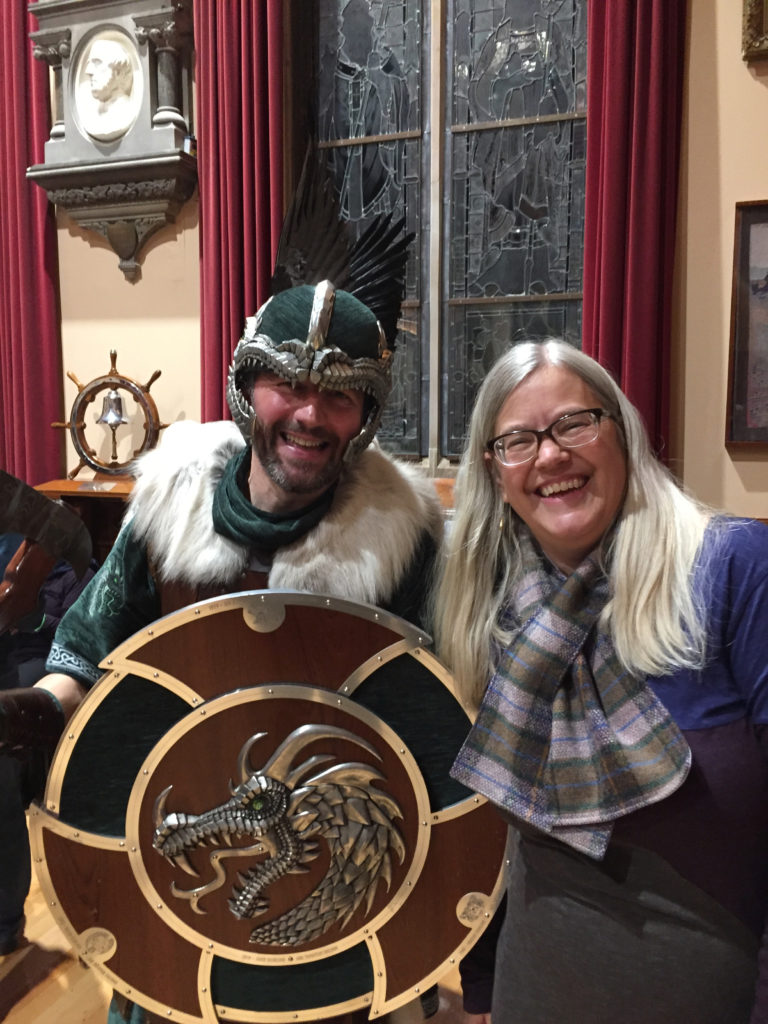
Friday we took another lace knitting class, this one about mixing yarn weights and needle sizes and the effects both good and bad that you can achieve.
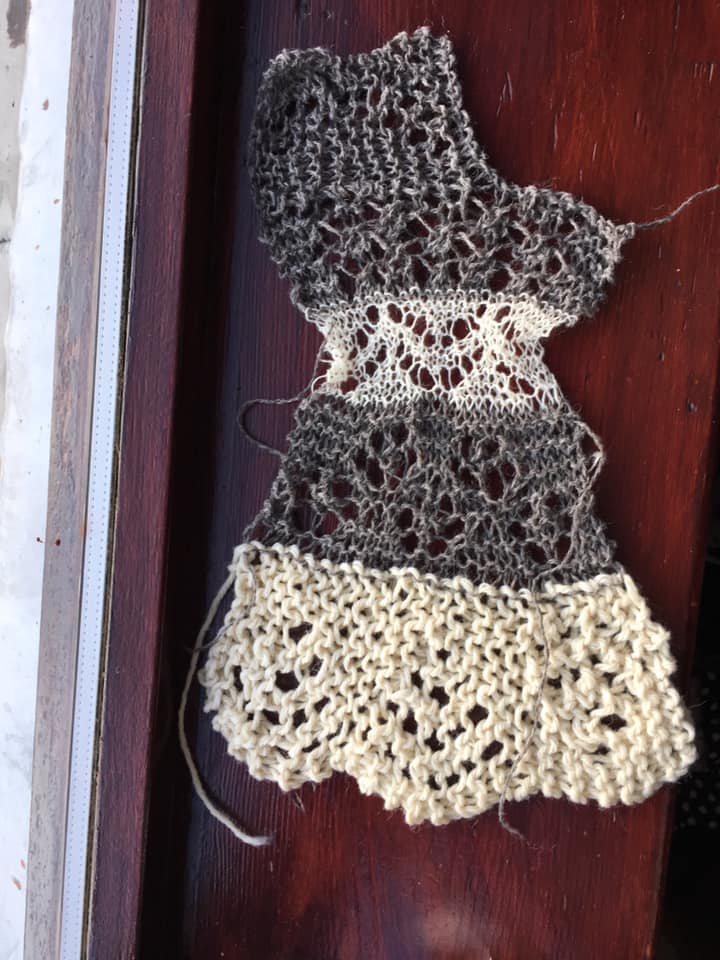
Friday night there was the Spree — a traditional Shetland rave-up — where Beth convinced me to dance. And there is, thankfully, absolutely no video evidence. I am completely incapable of following even the simplest of physical directions making the task of teaching me to dance the Boston Two-Step neigh on impossible.
Saturday, early in the morning, Beth left for the airport and the long trip home. I went on a tour of the South Mainland. We started with the Croft House Museum. A recreation of a typical croft with two small living rooms, a storeroom, a barn, and thatched roof. While we sat inside next to a (smokey) peat fire, local story-teller David Cooper told us a ghost story.

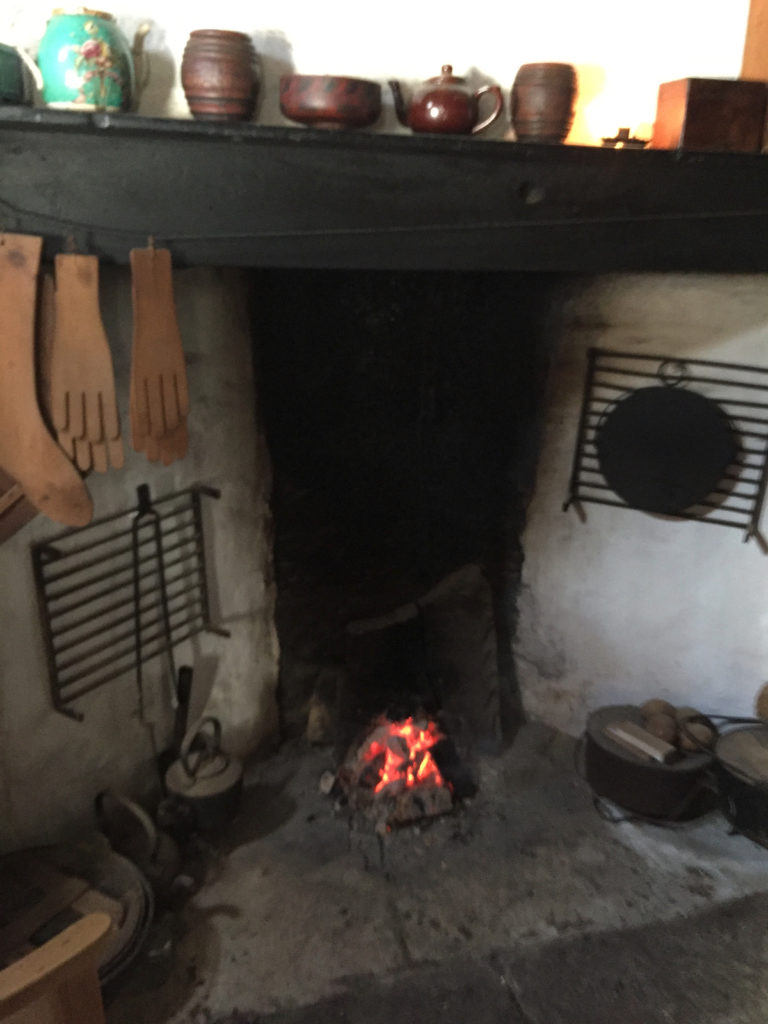
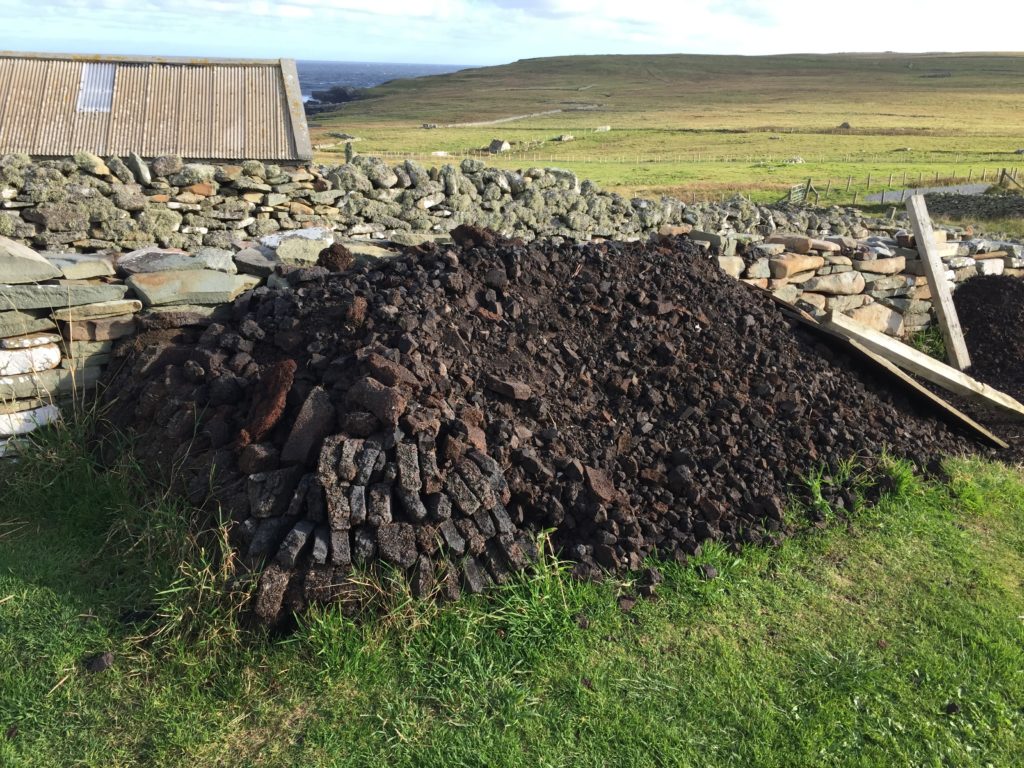

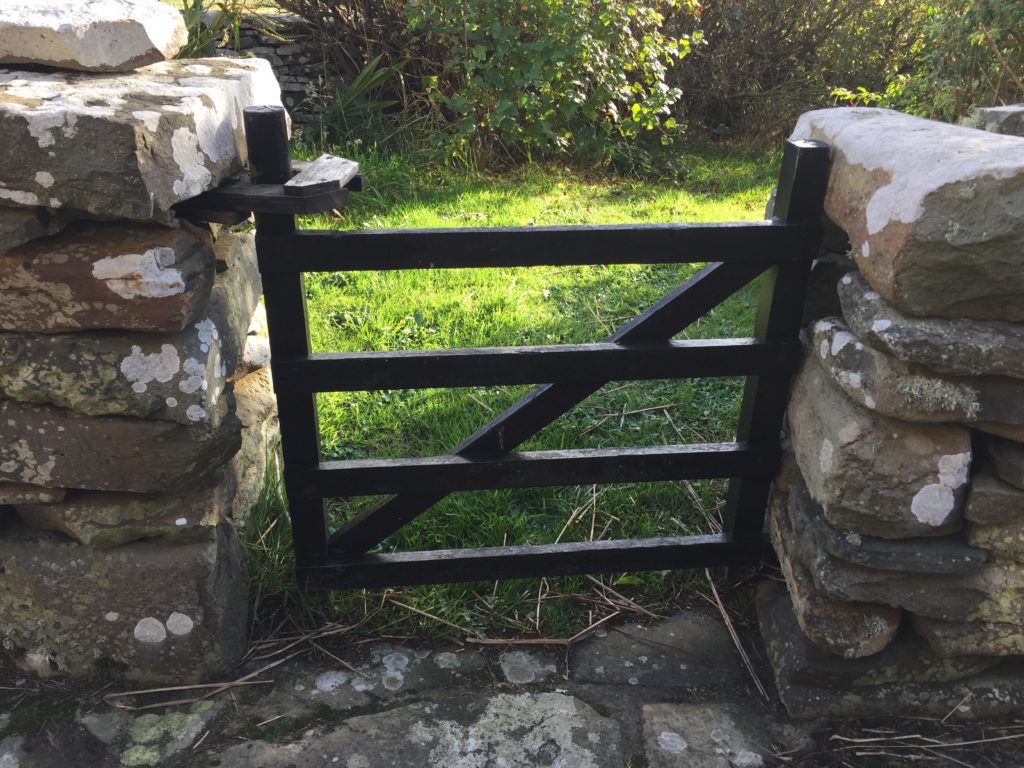
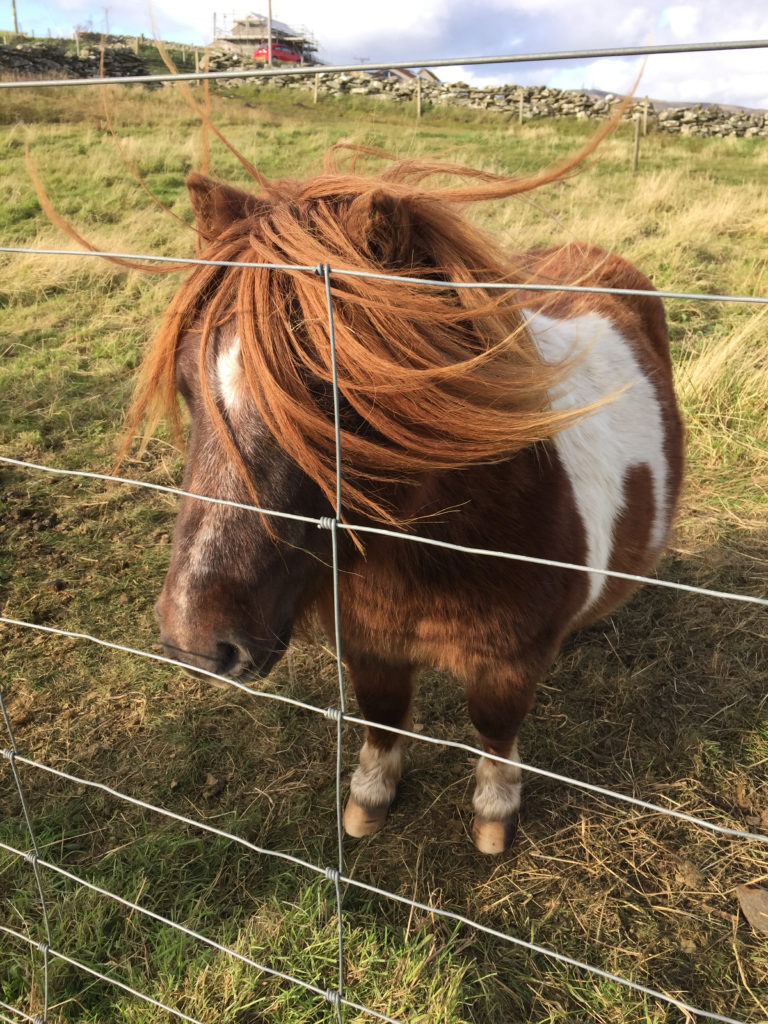
Scatness is an Iron Age village (and broch) that has been excavated a couple of times, most recently in the 70’s. You can’t just go wandering around here; you get a guided tour. We were lucky to find one of the archeologists in and got a very informative tour. She pointed out that the broch is the oldest of the buildings that they have excavated so far but that there is another layer underneath. When or if they will work that older site isn’t decided.
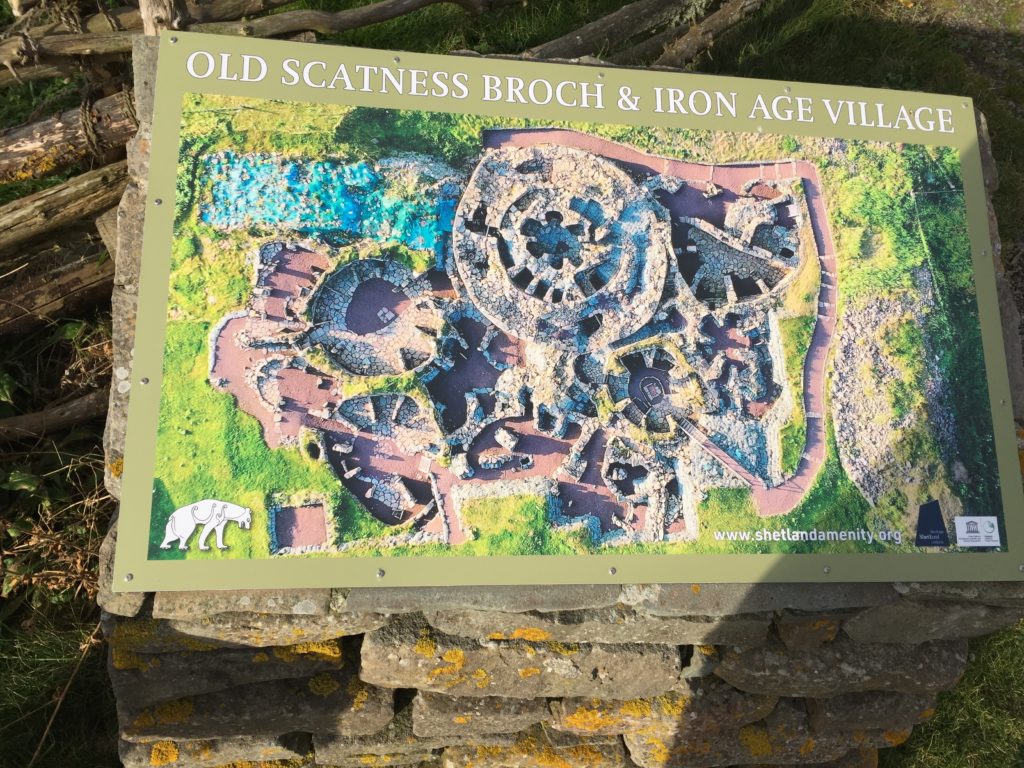





Finally we visited the lighthouse at Sumberg Head where there was cake, amazing views, and the very large engines that make the fog horn work.



Sunday I spent most of the day sitting in the HUB knitting and chatting with the folks staying ’til the very end of Wool Week. Had lovely dinner and then packed up for the trip home.
I am now on an airplane very far up in the sky — flying very fast on the way home to Seattle. And in a couple of days you all will get to see this report.

Translator — Emily Wilson
I learned of the new translation of the Odyssey last summer and figure that perhaps I should revisit classic that I had last read in college. This new translation makes the old story sparkle. Wilson does a marvelous job of avoiding the baroque language of previous translations and presents the adventures of Odysseus in a fresh and riveting manner.
a bright new face on a classic
“I never could get the hang of Thursday”
Arthur Dent
Thursday is easy. It is preceded by Wednesday and followed by Friday.
Wednesday is the pivot point of the week. The day of looking forward to the work I have to do and looking back to see how much of my to-do list I have accomplished. Wednesday is that rising feeling that I won’t get it all done.
Thursday is the day of defeat. Wednesday’s rising sense of doom settles in with a detailed list of those things that will not get done.
Friday is just “do the best you can.”
Monday is, of course, the day of hopeful optimism. The day of finding all the Things and putting them onto a tidy to-do list and knocking off the first one
But Tuesday — what the hell is Tuesday? Tuesday is the day of shifting priorities as everyone else’s Monday to-do list collides with yours (confusion, anxiety.) It can be a day of ticking the boxes on the to-do list (pride.) A day of plugging along on some big project (variously: accomplishment, boredom, or utter panic.) Or, it can be a day of waiting for the inputs and replies (boredom and fidgety nothingness.)
I never know what sort of day Tuesday is going to be. How can I anticipate my (emotional) mind set on a day with so many variables?
No, I never could get the hang of Tuesday.
Which probably says more about my need for emotional predictability than it does about Tuesday.